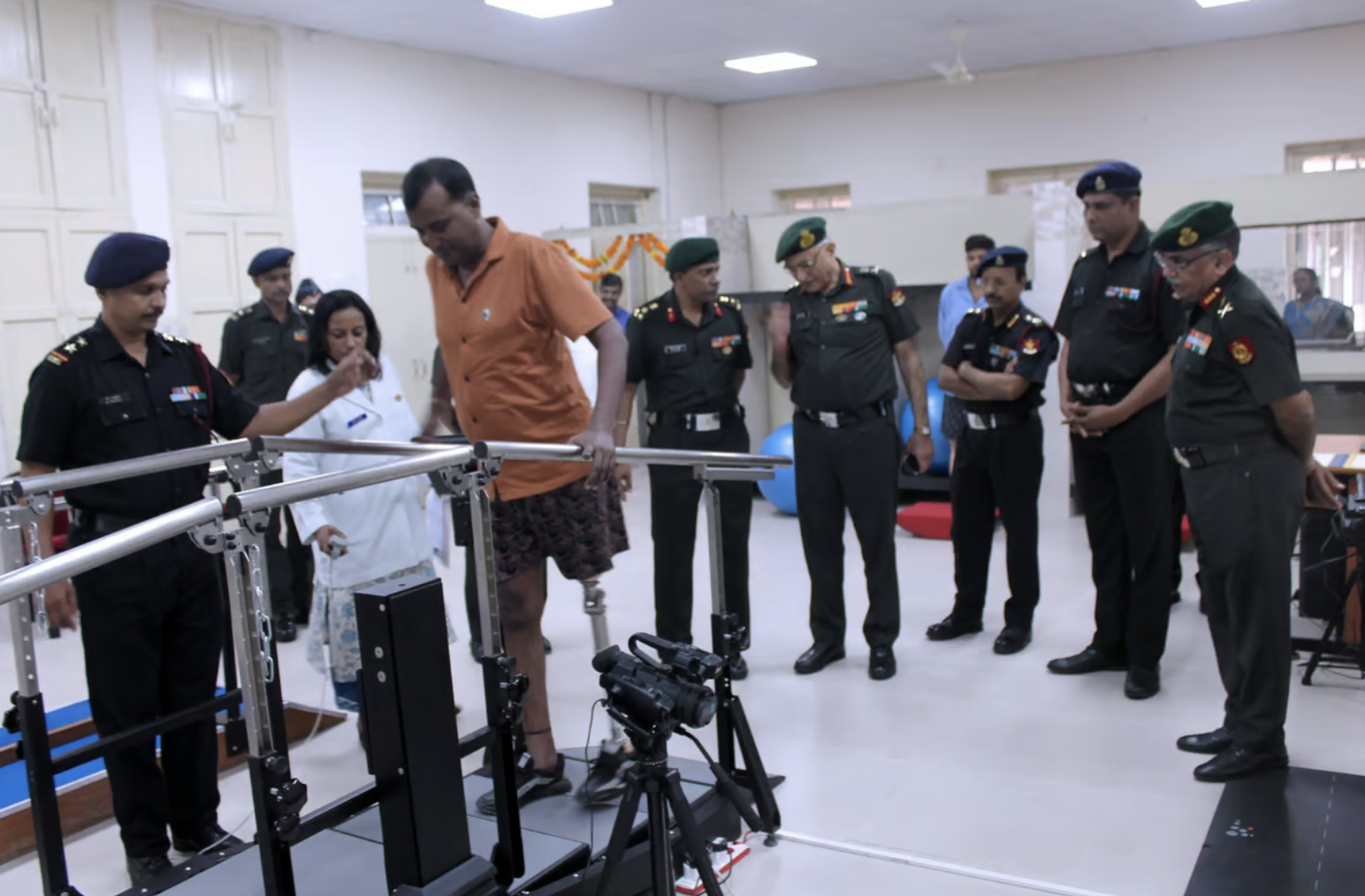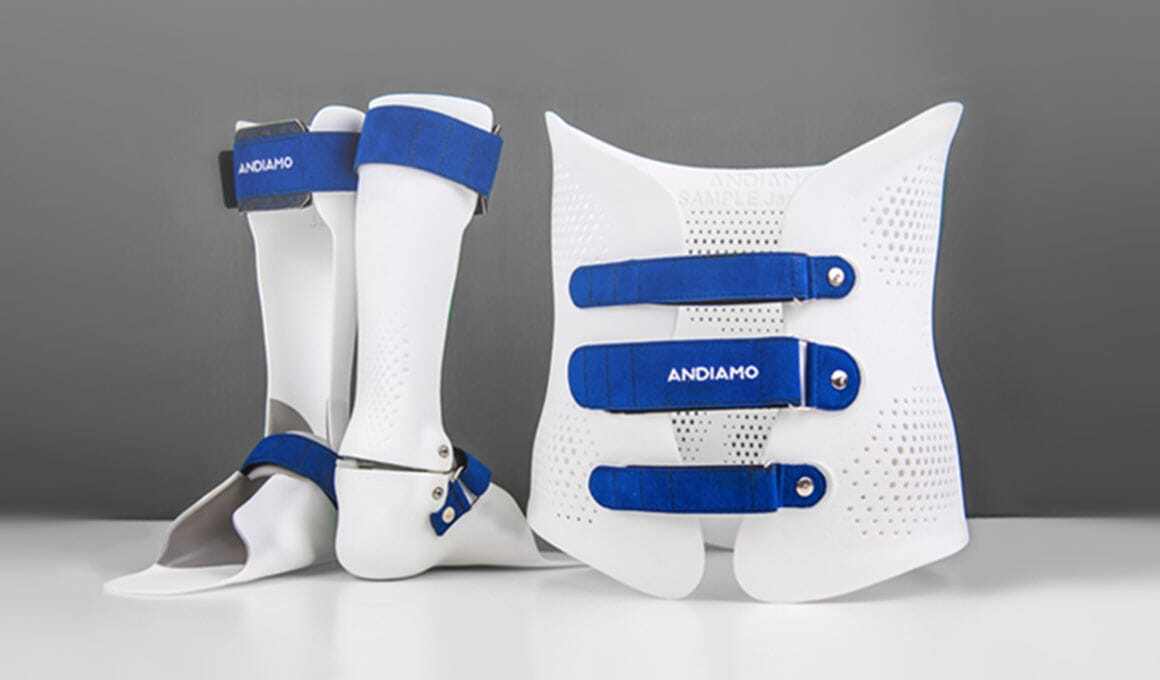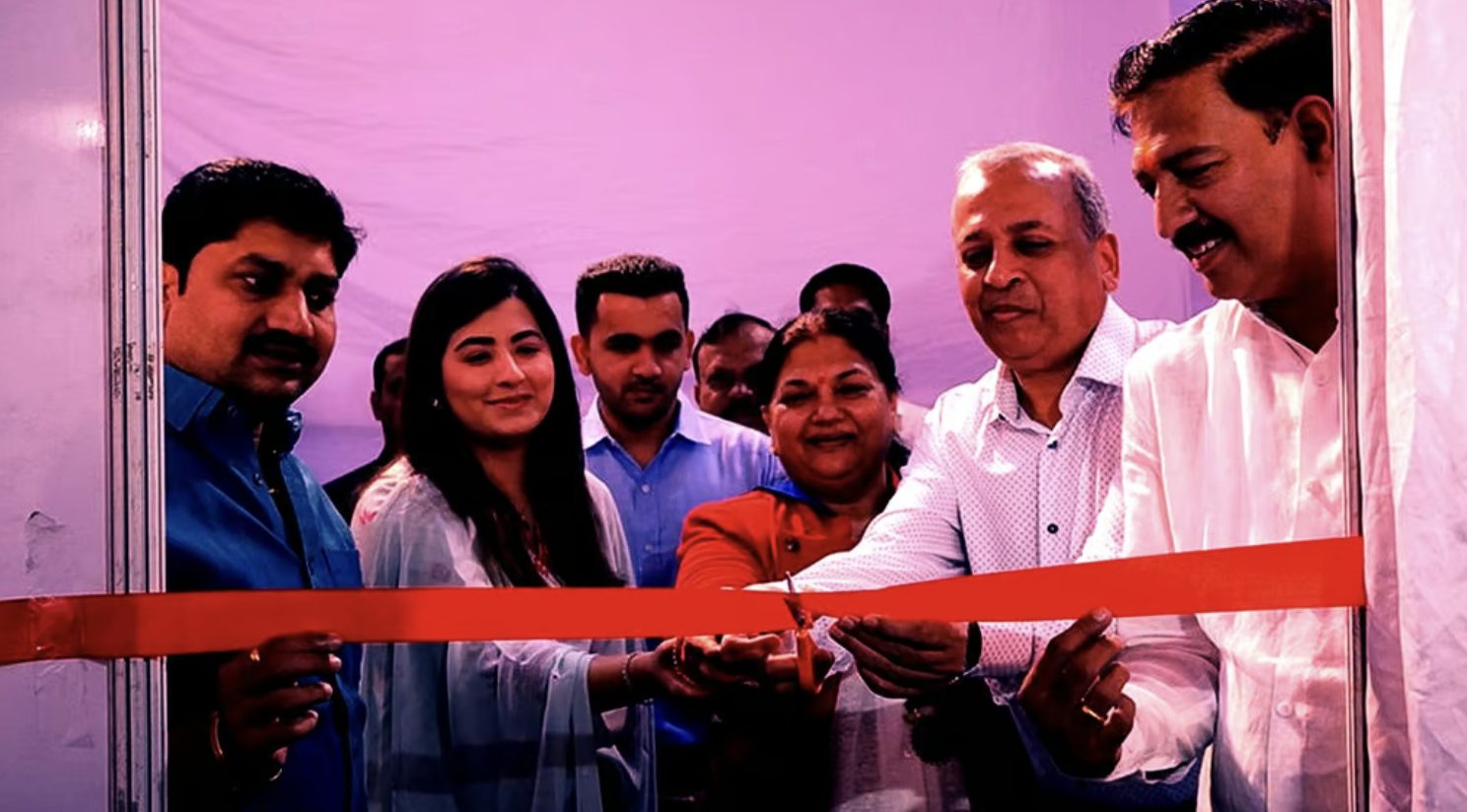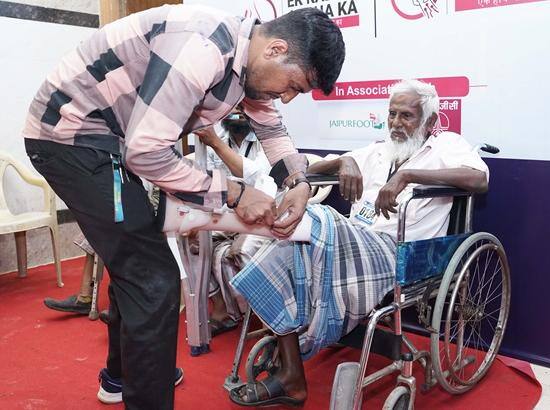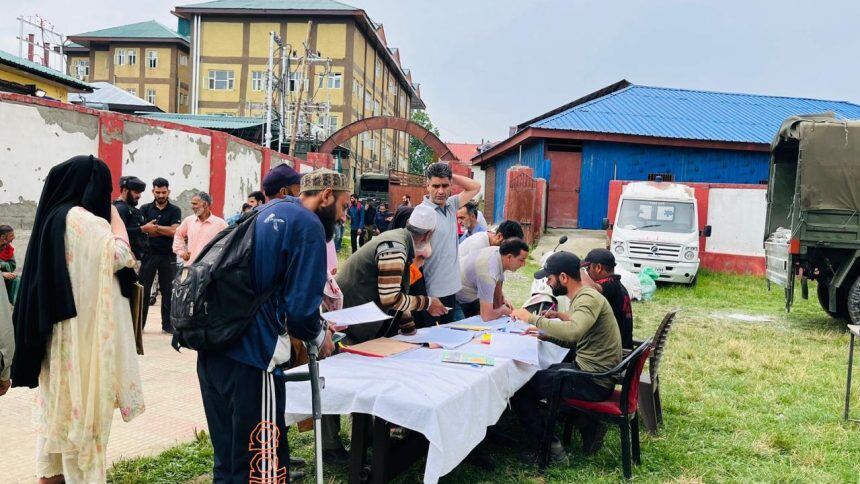At the Integrated Gait Training and Equilibrium Restoration lab, rehabilitation programmes are tailored to meet individual needs and goals of each patient.
It was on July 2, 2016 during a routine patrol at Tangdhar in Kupwara district of Jammu and Kashmir when a landmine exploded and Naik Dhal Bahadur Ale from 3/1 GR suffered a serious injury and lost half of his left foot. The soldier’s foot had to be amputated and was referred to Pune’s Artificial Limb Centre, where he was provided prosthetic and orthotic care.
He bounced back from the mine blast injury with the limb provided by ALC and is presently in the ward for a new artifical foot. “I am getting a new prosthesis and am looking forward to a quicker rehabilitation at the new gait training lab,” he said.
For 62-year-old Ajay Kumar Singh, a state level football player from Bihar, an injury that he had sustained as a youngster over the years led to pus and infection. Despite several surgeries, the leg below the knee had to be amputated in 2019 and ALC provided him with an artificial limb and rehabilitative care. Presently at the ward for a new limb, Singh is among the amputee patients being trained to improve their gait efficiency and overall mobility at the new Integrated Gait Training Lab.
The Gait Training Lab was recently commissioned by Lt Gen Daljit Singh, director general, Armed Forces Medical Services. Lt Gen Sandeep Thareja director and commandant of Armed Forces Medical College and Brig C N Satish, Commandant of ALC were present. According to Brig Satish, “This innovative facility is set to revolutionise the rehabilitation process for amputees, combining cutting-edge technology with traditional therapeutic methods.”
“Traditionally, the centre had been using wooden staircases, steps, and flat surfaces with sidebars attached to them. Though the flat surface with parellel bars is being used, the dynamic stair trainer is a boon for the new amputee and will help in regaining balance while climbing up and down stairs and slope with adjustible height. To start with, a new amputee patient, after learning walking on the flat surface, he is trained in climbing up and down small steps. Gradually as he develops confidence the height of the steps is increased and so is the height of the slope,” said Col B Chandrashekhar S, deputy commandant, ALC.
“There are 53 amputee patients admitted in the ward including serving soldiers, ex-servicemen, their dependents and civilians. It takes about 10-15 days for gait training of new amputees. With the help of the new equipment, the time period has drastically reduced,” he added.
At the Integrated Gait Training and Equilibrium Restoration lab, rehabilitation programmes are tailored to meet individual needs and goals of each patient. Advanced tools like baropedometer analyses weight distribution to optimise gait patterns and enhance comfort for amputees while the dynamic stair trainer simulates real-world challenges such as stairs and slopes.
“This equipment offers adjustable settings for personalised training experiences,” Col Chandrashekhar explained. The lab also includes balance training tools like wobble boards, gym balls, and stability discs to improve patient’s stability and coordination.
